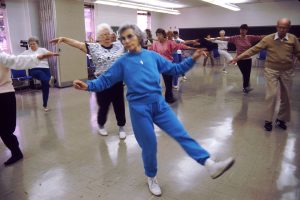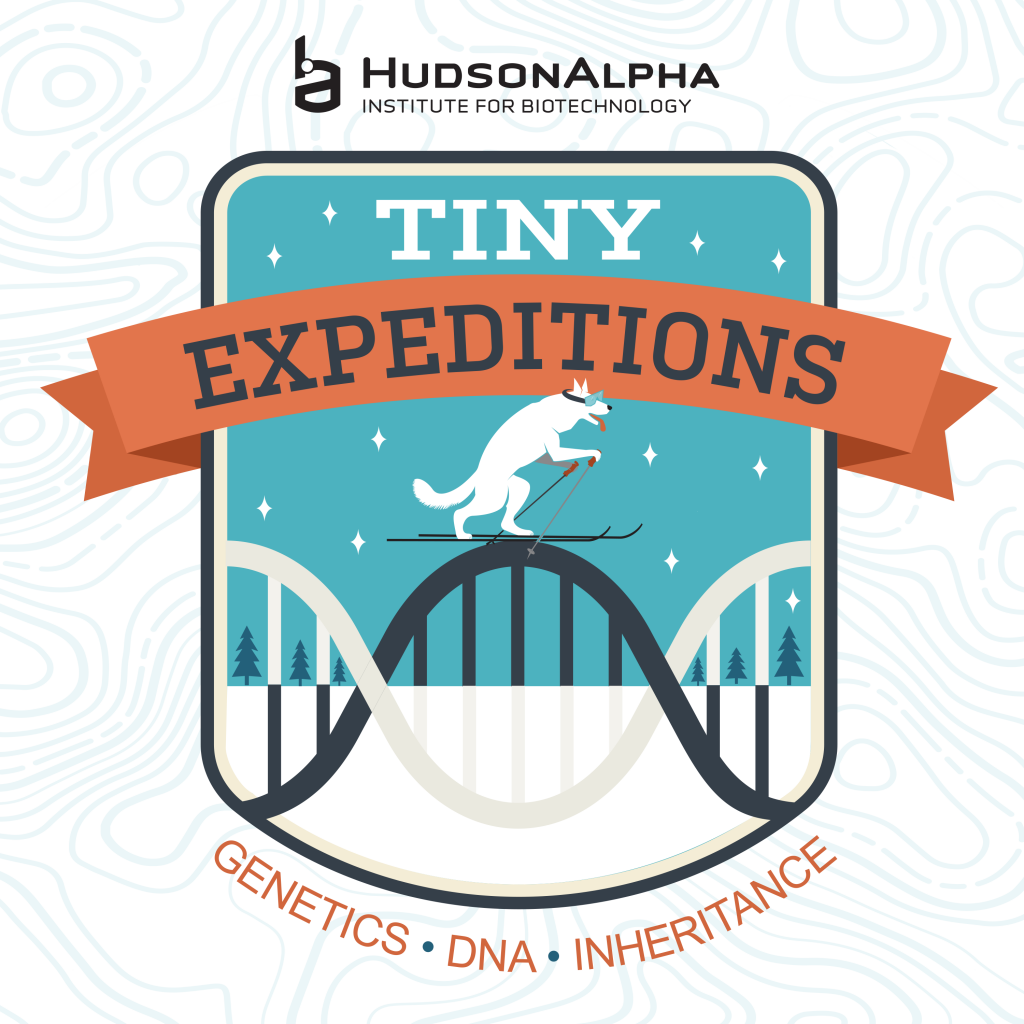
What the “wellderly” can teach us about the genetics of healthy aging
Aging affects everyone, right down to our genetic core, but there’s plenty of evidence showing that each individual experiences the effects of age differently. As it turns out, some people are predisposed to a less disruptive (a kinder, gentler) aging process. New research hopes to uncover why that is.
The team of researchers is led by the Garvan Institute of Medical Research, and their aim is to set a baseline for healthy aging. Once a baseline is established, the scientists believe they’ll be able to shed light on genetic variants linked to disease and adverse aging effects, as well as genetic markers that point to healthier aging.
 An Ambitious Undertaking
An Ambitious Undertaking
Researchers from the team recently announced the first release of data from what they’re calling the Medical Genome Reference Bank (MGRB). The release includes data on more than 2,500 elderly Australians who are relatively healthy, sometimes called “wellderly” people. The dataset features whole genome sequencing on the entire cohort, but it also has phenotypic information, meaning it includes descriptions of the participants and their health.
Genomeweb summarized the source of the samples this way:
To build the Medical Genome Reference Bank, the researchers amassed data on more than 4,000 people from the Aspirin in Reducing Events in the Elderly (ASPREE) study and the 45 and Up Study from the Sax Institute who have lived to at least 70 years without developing cancer, cardiovascular disease, or dementia. They sequenced blood samples from 2,926 of these individuals, 2,570 of which passed quality control checks.
While research has been done in the past searching for variants that contribute to health problems, less has been done to study what healthy aging looks like at the genetic level. The MGRB hopes to create a resource that helps with both goals.
Solving Mysteries of Aging
When comparing “wellderly” people from MGRB to other databases, healthy MGRB participants showed fewer genetic variations associated with cancer, cardiovascular diseases and neurodegenerative diseases. While that is intuitive, it also helps to confirm previously held associations between certain genetic variants and negative health outcomes. Furthermore, the solid baseline the MGRB provides could also help identify new genetic variants linked to disease.
 When the researchers used the MGRB dataset as a control to compare against a set of prostate cancer patients, they found an elevated ability to detect problematic variants in the cancer patients.
When the researchers used the MGRB dataset as a control to compare against a set of prostate cancer patients, they found an elevated ability to detect problematic variants in the cancer patients.
On the other side of the equation, researchers could eventually find genetic variants linked to positive health outcomes in aging. For example, they may find genetic variants that help deter neurodegenerative disease. Finding these variants could provide eventual drug targets to promote healthier aging.
No Fountain of Youth
It’s important to note that these researchers have not discovered some fountain of youth among the MGRB dataset. Participants still show classic signs of aging on both the genetic and physical trait levels.
One example comes in the form of telomeres, a type of cap at the end of chromosomes. The caps naturally degrade and shorten over time. Reviews of the MGRB dataset showed telomeres shortening as would be expected. The same holds true of other genetic signs of aging, like somatic Y chromosome loss, decreased mitochondrial copy number and increased mitochondrial heteroplasmy.
Similar signs of aging also were found in this population when measuring well-known age-related traits. Grip strength and gait speed both decreased as would be expected in an aging population. The important takeaway is that classic signs of aging remain present in the MGRB database, so this tool will not reveal some kind of endless youth.
Lessons to Learn
The MGRB is a unique dataset that has a lot to teach us. With the assembled cohort of “wellderly” individuals, we can learn more about the genetic contributors to some of the more destructive parts of aging, like cardiovascular and neurodegenerative diseases. We can also learn if there are genetic variations that give people a better shot at aging healthily. All told, this research could be an important building block to how we approach an aging population.


